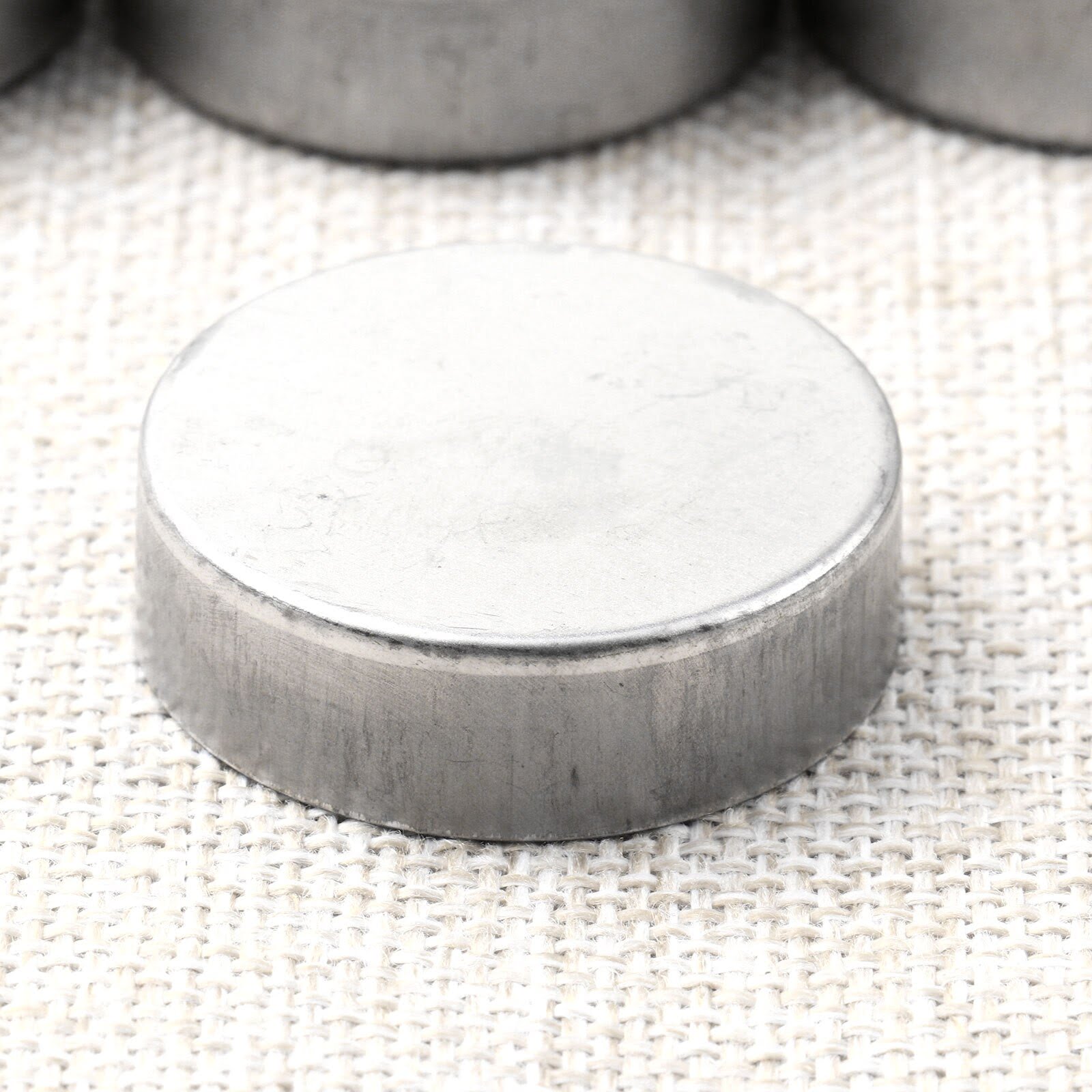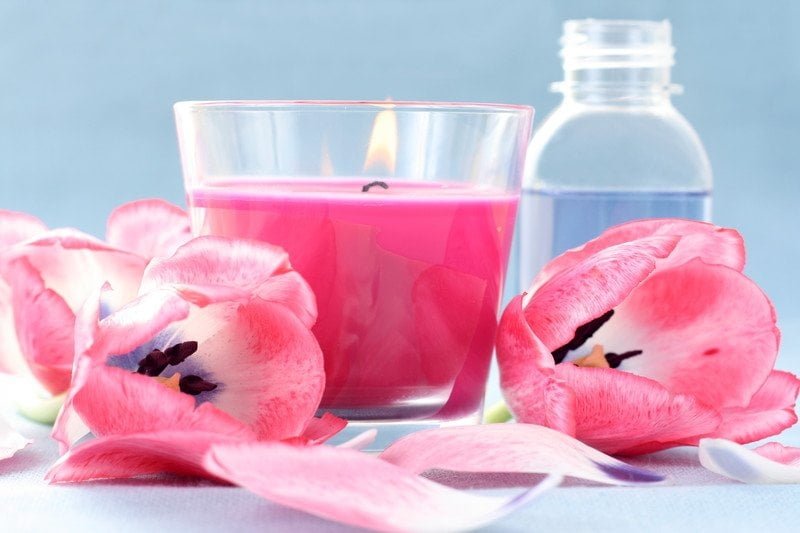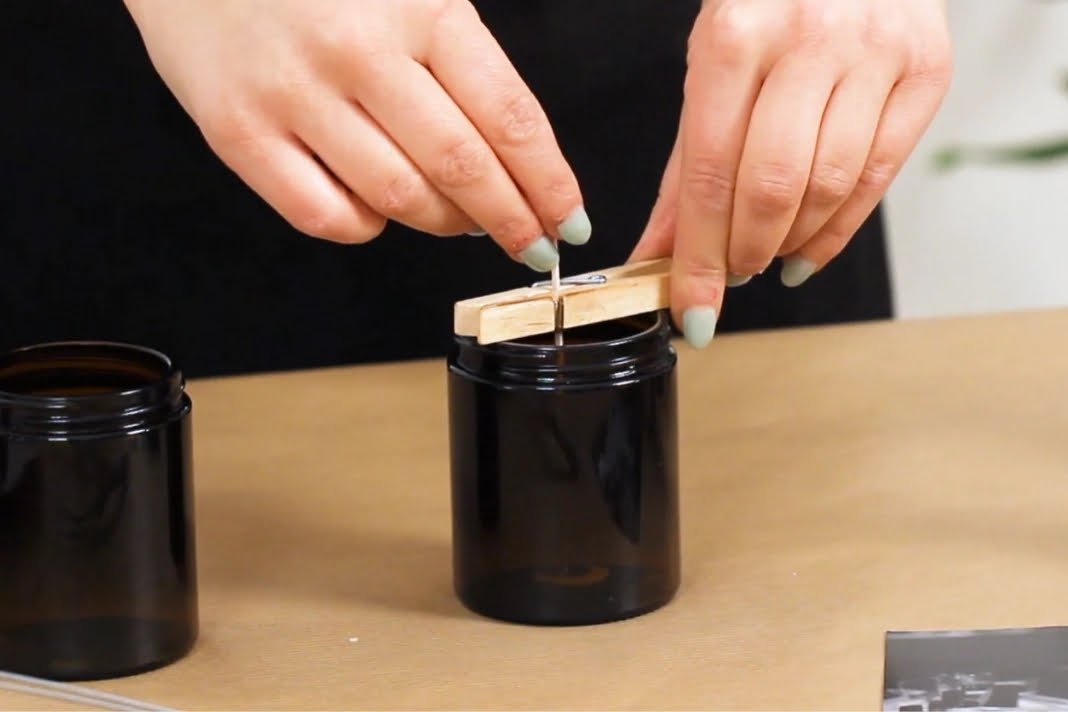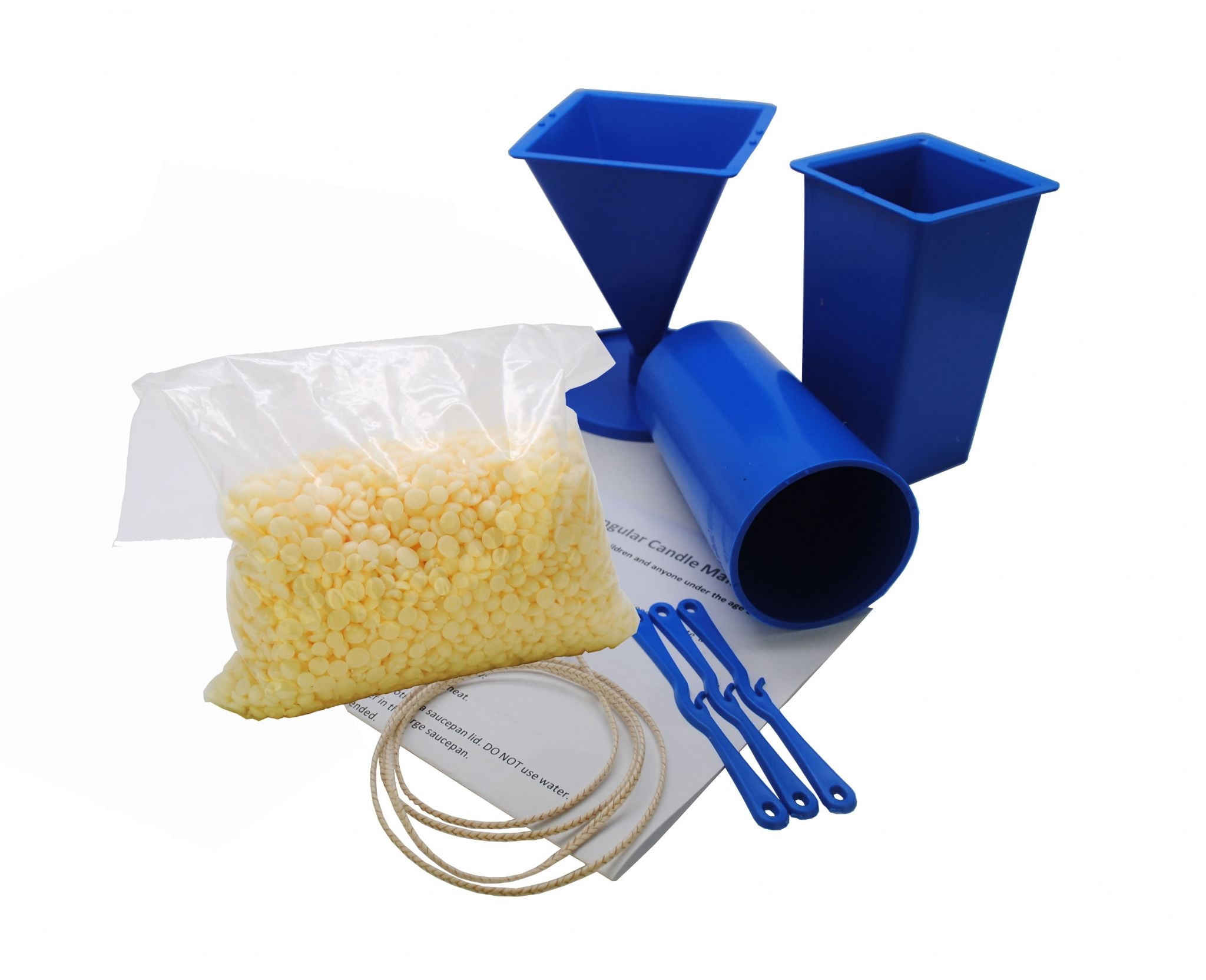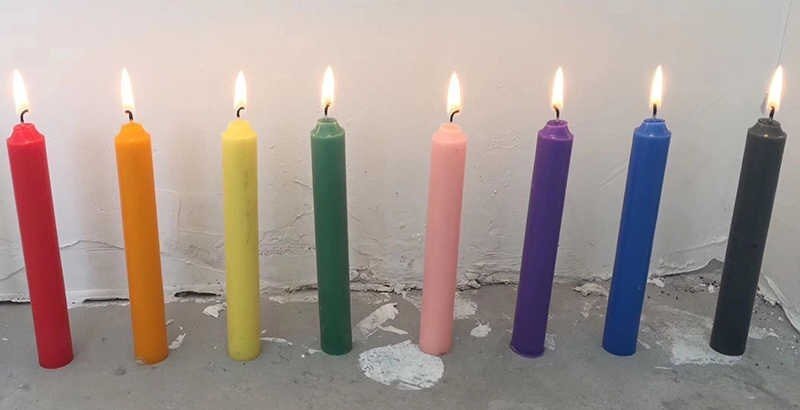Are you interested in learning the ins and outs of candle making? One crucial factor to consider is the temperature at which paraffin wax should be melted and maintained during the process.
In this article, we will delve into the importance of temperature control in candle making, understanding paraffin wax and its melting points, and the ideal temperature range for different types of candles. Whether you are a beginner or an experienced candle maker, mastering the art of paraffin wax temperature is essential for creating high-quality candles.
Temperature control plays a significant role in achieving the desired results when making candles. The melting point of paraffin wax varies depending on its specific formulation, and understanding these variations is crucial for producing candles with the right consistency and texture. By maintaining the appropriate temperature throughout the candle making process, you can ensure that your candles have a smooth finish and optimal burning characteristics.
As we explore paraffin wax temperature for candle making, we will discuss best practices for monitoring and maintaining temperature, common mistakes in temperature control, and tips and tricks for achieving the perfect paraffin wax temperature. Additionally, we will discover how experimenting with temperature can lead to creating unique candle designs that stand out from the rest.
Whether you are a hobbyist or looking to start a candle-making business, understanding the intricacies of paraffin wax temperature is key to mastering this craft.
The Importance of Temperature Control in Candle Making
The temperature control in candle making plays a crucial role in achieving the desired quality, appearance, and fragrance of the final product. Whether you are a beginner or an experienced candle maker, understanding the importance of temperature control is essential for creating high-quality candles. Here are some key points to consider when it comes to temperature control in candle making:
– Temperature affects the consistency and texture of the melted paraffin wax, which ultimately determines the smoothness and appearance of the finished candles.
– Proper temperature control ensures that the fragrance oils and dyes are evenly distributed throughout the wax, resulting in consistent scent throw and color distribution in the candles.
– If the temperature is too high, it can cause overheating of the wax, leading to discoloration, pitting, or even cracking of the candles. On the other hand, if the temperature is too low, it may result in poor fragrance dispersion and uneven color.
Understanding these key points will help you appreciate why maintaining the correct paraffin wax temperature for candle making is vital. By controlling and monitoring the temperature throughout the candle making process, you can ensure that your candles turn out just as you envisioned them.
To achieve perfect results in your candle making endeavors, it is crucial to be aware of how different types of candles require specific temperature ranges during their production process. Here are some ideal temperature ranges for various types of candles:
1. Container Candles: 120°F – 180°F
2. Pillar Candles: 160°F – 200°F
3. Taper Candles: 140°F – 170°F
Adhering to these recommended temperature ranges will help you produce top-quality candles with consistent texture, color, and fragrance dispersion. Mastering this aspect of candle making will elevate your craft and lead to stunning results that will delight both yourself and others.
Understanding Paraffin Wax and Its Melting Points
Paraffin wax is a popular choice for candle making due to its low cost, ease of use, and ability to hold fragrance well. However, achieving the right temperature when working with paraffin wax is crucial in creating high-quality candles. Understanding the melting points of paraffin wax is essential for achieving the best results in candle making.
1. Melting Points: Paraffin wax has different melting points depending on its grade and formulation. Generally, paraffin wax has a melting point between 99°F (37°C) to 150°F (65°C). It’s important to know the specific melting point of the paraffin wax you are using to ensure that it reaches the optimal temperature for candle making.
2. Temperature Control: Maintaining the right temperature is critical during the candle making process. If the paraffin wax is heated too much, it can result in discoloration, burning off fragrance oils, or even causing a fire hazard. On the other hand, if the wax is not heated enough, it may not fully release fragrance and could result in an uneven burn when the candle is lit.
3. Tools for Monitoring Temperature: To achieve perfect paraffin wax temperature for candle making, it’s important to have the right tools such as a thermometer specifically designed for candle making. This will allow you to monitor and control the temperature accurately throughout the entire process. Additionally, a double boiler or electric melter can help maintain a consistent temperature without direct heat that could potentially cause overheating.
Ideal Temperature Range for Different Types of Candles
Container Candles
When making container candles with paraffin wax, it is essential to maintain a consistent temperature throughout the process. The ideal temperature range for melting paraffin wax when making container candles is between 160°F and 180°F. This range allows the wax to fully melt without getting too hot, which can result in discoloration or an uneven burn.
Pillar Candles
For pillar candles, a slightly higher temperature range is recommended to ensure that the wax fully fills the mold and sets properly. The ideal temperature for melting paraffin wax when making pillar candles falls between 175°F and 190°F. This higher temperature helps achieve a smooth finish on the exterior of the candle while minimizing the risk of air pockets or shrinkage.
Taper Candles
When crafting taper candles with paraffin wax, it is crucial to maintain a lower temperature range during the pouring process to achieve a sleek and uniform appearance. The recommended temperature for melting paraffin wax when making taper candles ranges from 150°F to 170°F. This lower temperature allows for better control over the viscosity of the wax, ensuring that it adheres well to the wick and produces a straight, even taper.
By understanding and adhering to these specified temperature ranges for different types of candles, candle makers can optimize their crafting process and produce high-quality candles with consistent results.
Remember that proper monitoring of the paraffin wax temperature for candle making is paramount in producing desired results, regardless of a candle’s type.
Best Practices for Monitoring and Maintaining Temperature
When it comes to candle making, temperature control is crucial in order to achieve the best results. Maintaining the right temperature throughout the process ensures that the candles will solidify properly and have a smooth, even finish. In this section, we will explore some best practices for monitoring and maintaining the temperature when working with paraffin wax.
Using a Quality Thermometer
One of the most important tools for monitoring temperature during candle making is a reliable thermometer. It’s essential to use a thermometer specifically designed for candle making, as regular household thermometers may not be accurate enough. A digital probe thermometer is often recommended due to its precision and ease of use. Before starting the candle making process, make sure to calibrate the thermometer to ensure accuracy.
Double Boiler Method
In order to maintain the ideal temperature for melting paraffin wax, many candle makers use a double boiler method. This involves placing the wax in a heat-safe container or pouring pitcher, which is then placed inside a larger pot filled with water. The water in the pot is heated, gently melting the wax without direct exposure to high heat. This method helps prevent overheating and allows for more controlled temperature management.
Consistent Stirring and Monitoring
Throughout the melting and pouring process, it’s important to consistently stir the wax and monitor the temperature closely. Stirring helps distribute heat evenly and prevents hot spots that could lead to uneven burning in the finished candles. Keep an eye on the thermometer readings and adjust the heat source as needed to maintain a steady temperature within the recommended range for paraffin wax candle making.
By implementing these best practices for monitoring and maintaining temperature when working with paraffin wax, candle makers can ensure that their candles turn out beautifully every time. Proper temperature control is one of the key factors in creating high-quality candles with a smooth finish and excellent burn performance.
Common Mistakes in Temperature Control and How to Avoid Them
When it comes to candle making, temperature control is crucial for achieving the desired results. However, there are common mistakes that many beginners make when it comes to managing the paraffin wax temperature for candle making. One of the most frequent errors is not using a thermometer to accurately measure the temperature of the wax. Without precise temperature monitoring, it’s easy to end up with candles that have an uneven texture or don’t burn properly.
Another common mistake is heating the paraffin wax too quickly. Rapidly increasing the temperature can cause the wax to become overheated, resulting in discoloration and a decrease in scent throw. It’s important to heat the wax slowly and evenly to avoid these issues. Additionally, failing to stir the wax regularly while heating can lead to hot spots or inconsistencies in temperature throughout the mixture.
To avoid these common mistakes, it’s essential to invest in a quality thermometer and utilize it properly throughout the candle making process. Stirring the wax regularly as it heats will also help maintain a consistent temperature. By taking these precautions, you can ensure that your candles turn out just as you intended.
| Common Mistakes | How to Avoid Them |
|---|---|
| Not using a thermometer | Invest in a high-quality thermometer and use it regularly |
| Heating wax too quickly | Heat wax slowly and evenly to prevent overheating |
| Failing to stir regularly | Regularly stir the wax while heating to maintain consistent temperature throughout |
Tips and Tricks for Achieving the Perfect Paraffin Wax Temperature
When it comes to achieving the perfect paraffin wax temperature for candle making, there are a few tips and tricks that can help ensure successful results. One of the most important factors to consider is the type of candle being made, as different styles require different melting points for the wax. For example, container candles typically require a lower melting point than pillar candles in order to adhere properly to the container.
Another tip for achieving the perfect paraffin wax temperature is to use a reliable thermometer to monitor the temperature throughout the melting and pouring process. It’s essential to heat the wax gradually and consistently, as rapid changes in temperature can result in poor adhesion, frosting, or other visual defects in the finished candle. Additionally, maintaining a stable temperature during cooling is crucial to avoid cracking or uneven surfaces on the candles.
It’s also important to consider any additives being used in the candle making process, as they can affect the ideal temperature range for the wax. For example, adding fragrance oils or colorants may require adjustments to the melting and pouring temperatures in order to achieve the desired results. By experimenting with different temperatures and recording the outcomes, candle makers can gain valuable insights into how temperature impacts their creations.
| Tips for Achieving Perfect Temperature | Benefits |
|---|---|
| Use a reliable thermometer | Consistent and even heating |
| Consider additives | Impact on melting and pouring temperatures |
| Experiment with different temperatures | Gain valuable insights into how temperature impacts creations |
Experimenting With Temperature to Create Unique Candle Designs
When it comes to candle making, temperature plays a crucial role in not only the melting of paraffin wax but also in creating unique and interesting candle designs. By experimenting with different temperatures, crafters can achieve various effects that add personality and style to their candles.
One popular technique is the “double-dip” method, which involves dipping the candle into hot wax, then allowing it to partially cool before dipping it again into a cooler wax. This creates layers of different textures and colors, resulting in a visually appealing candle with a multi-dimensional look. By carefully controlling the temperature of both waxes, crafters can achieve the desired effect without damaging the structure of the candle.
Another way to experiment with temperature is by using heat-safe molds or containers to create interesting patterns and textures on the surface of the candle. This can be done by pouring hot wax at different temperatures into these molds, allowing for unique swirls and marbling effects as the varying temperatures interact with each other. The possibilities are endless when it comes to playing with temperature in this manner.
Lastly, crafting custom-made candles with embedded objects or designs requires careful consideration of the paraffin wax temperature for candle making. By strategically lowering or raising the temperature at specific points during the pouring process, crafters can ensure that their decorative elements remain suspended in place rather than sinking or floating within the candle. This technique allows for endless creativity and personalization in creating one-of-a-kind candles that are both beautiful and functional.
Conclusion
In conclusion, mastering the art of paraffin wax temperature for candle making is crucial for producing high-quality candles. The precision and control of temperature throughout the entire candle making process directly impact the final product’s appearance, performance, and fragrance throw. Understanding the melting points of paraffin wax and knowing the ideal temperature range for different types of candles are essential to achieving consistent results.
By implementing best practices for monitoring and maintaining temperature, candle makers can avoid common mistakes such as overheating or underheating the wax. Attention to detail in temperature control will ensure that the finished candles have a smooth texture, clean burn, and optimal scent throw.
Additionally, experimenting with temperature can lead to creating unique and innovative candle designs, allowing artisans to expand their creativity and offer customers one-of-a-kind products. As with any craft, honing the skill of mastering paraffin wax temperature takes practice and patience but can ultimately result in producing beautiful, high-quality candles that both artisans and customers will appreciate. With dedication to understanding temperature control and continuous experimentation, candle makers can elevate their artistry and create truly exceptional candles.
Frequently Asked Questions
What Temperature Do You Pour Paraffin Candle Wax?
When pouring paraffin candle wax, it is important to do so at the right temperature to ensure a successful and safe candle-making process. The recommended temperature for pouring paraffin wax is around 160-170°F. This allows the wax to cool and solidify properly without causing any cracks or imperfections in the finished candle.
What Temperature Is Paraffin Wax Heated To?
When working with paraffin wax, it is crucial to heat it to the correct temperature in order to achieve the desired results. Typically, paraffin wax is heated to a range of 170-180°F before being poured into molds or containers.
This ensures that the wax is in a liquid state and can be easily manipulated for candle-making or other crafts.
What Is the Ignition Temperature of Paraffin Wax?
The ignition temperature of paraffin wax, which refers to the temperature at which it can catch fire and sustain combustion, is approximately 400°C (752°F). It’s important to handle and store paraffin wax carefully, especially when it’s in its molten state, to avoid accidental ignition and potential fire hazards.

Welcome to my candle making blog! In this blog, I will be sharing my tips and tricks for making candles. I will also be sharing some of my favorite recipes.

